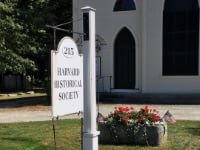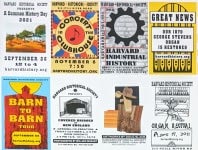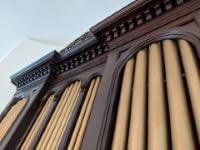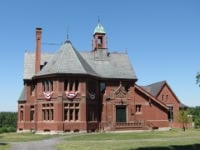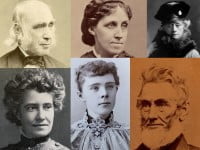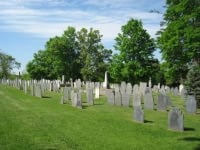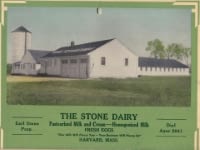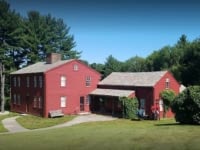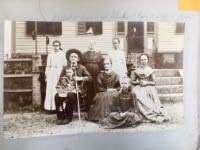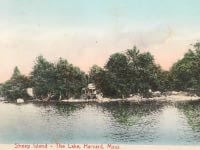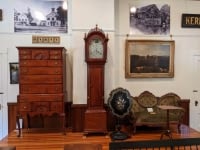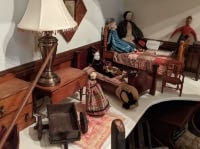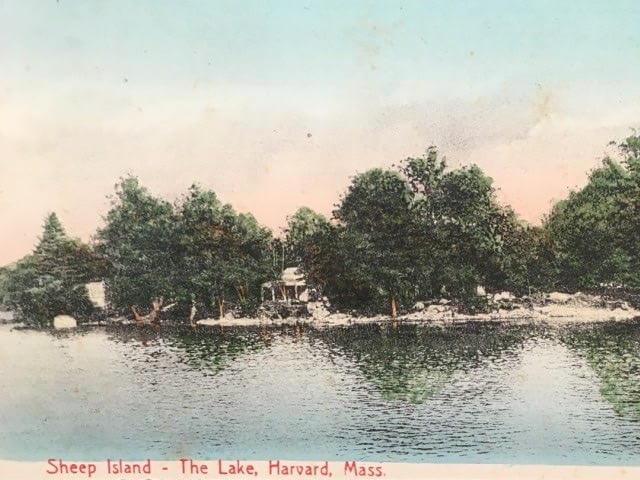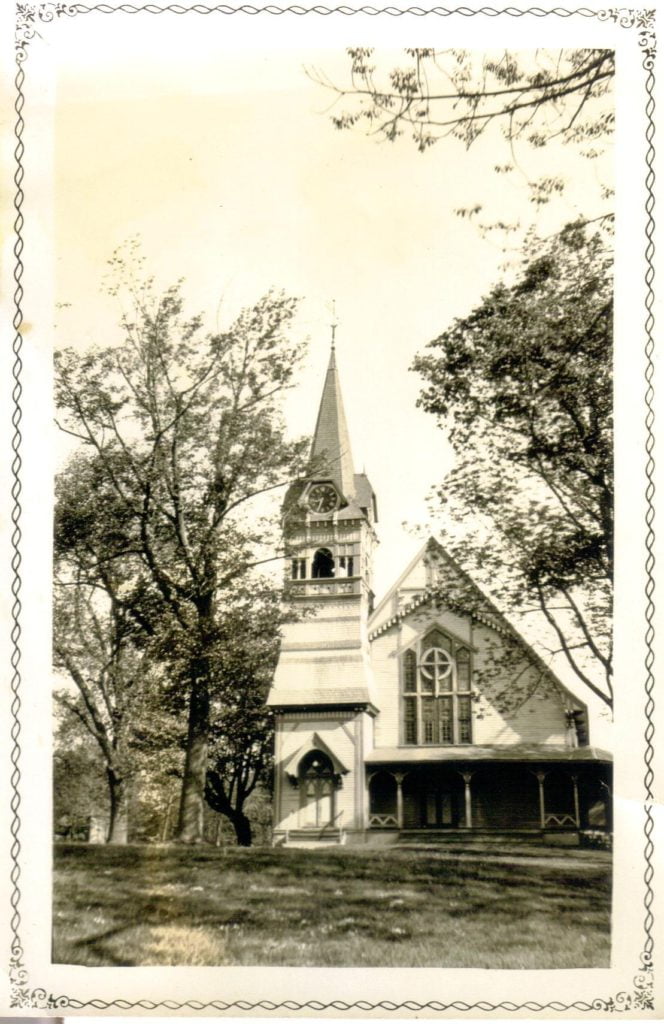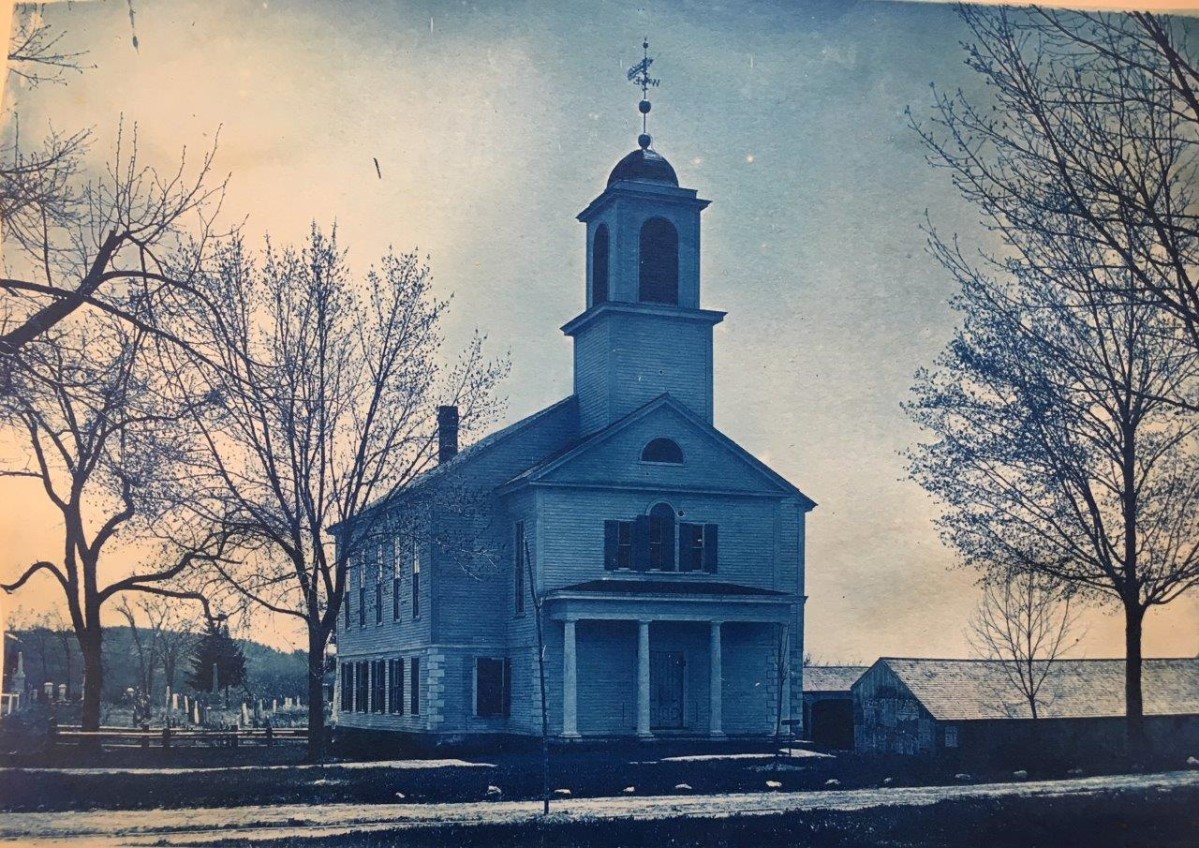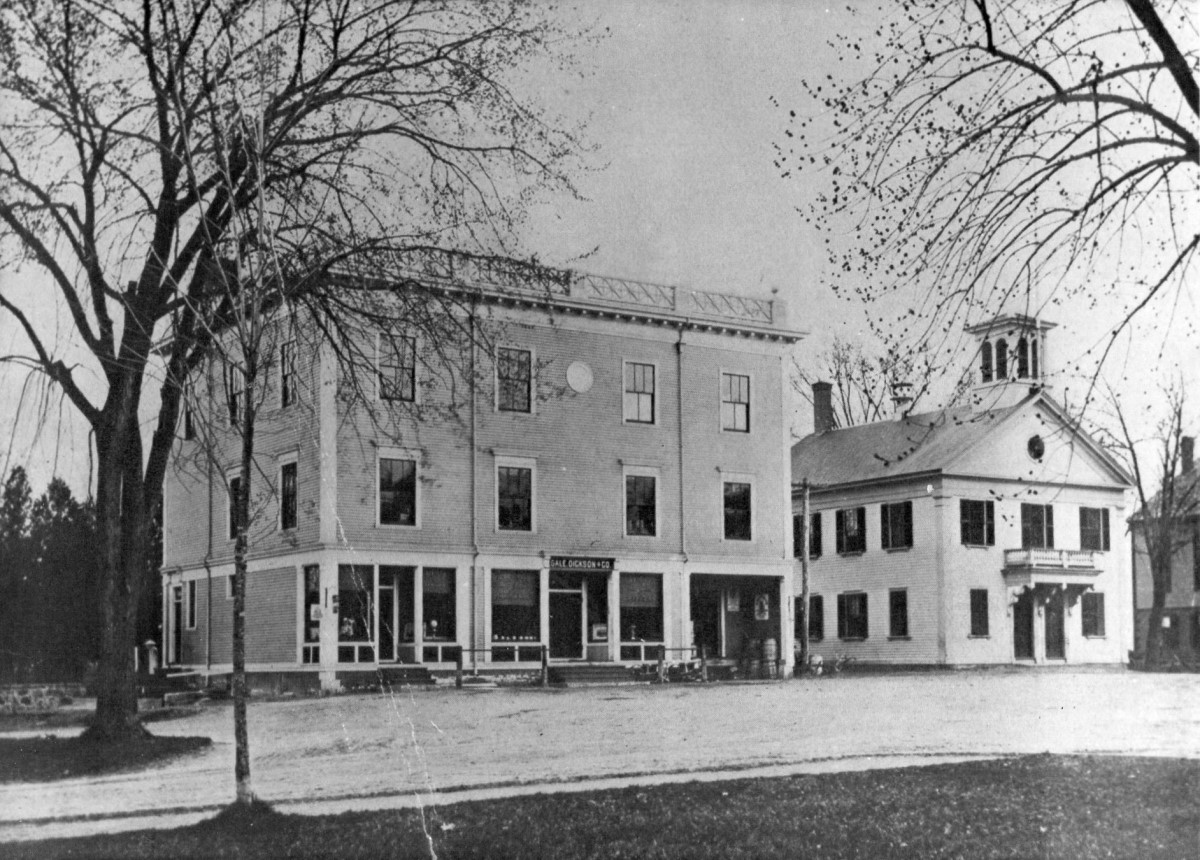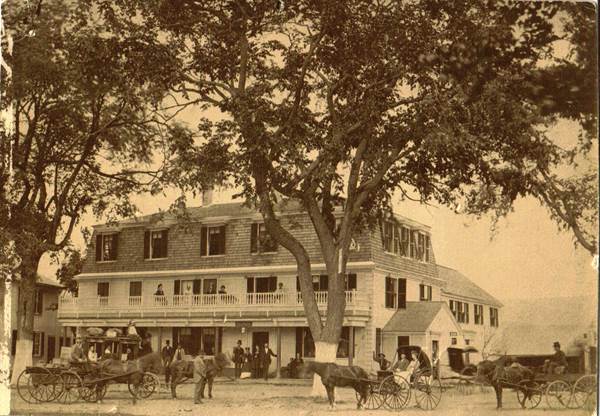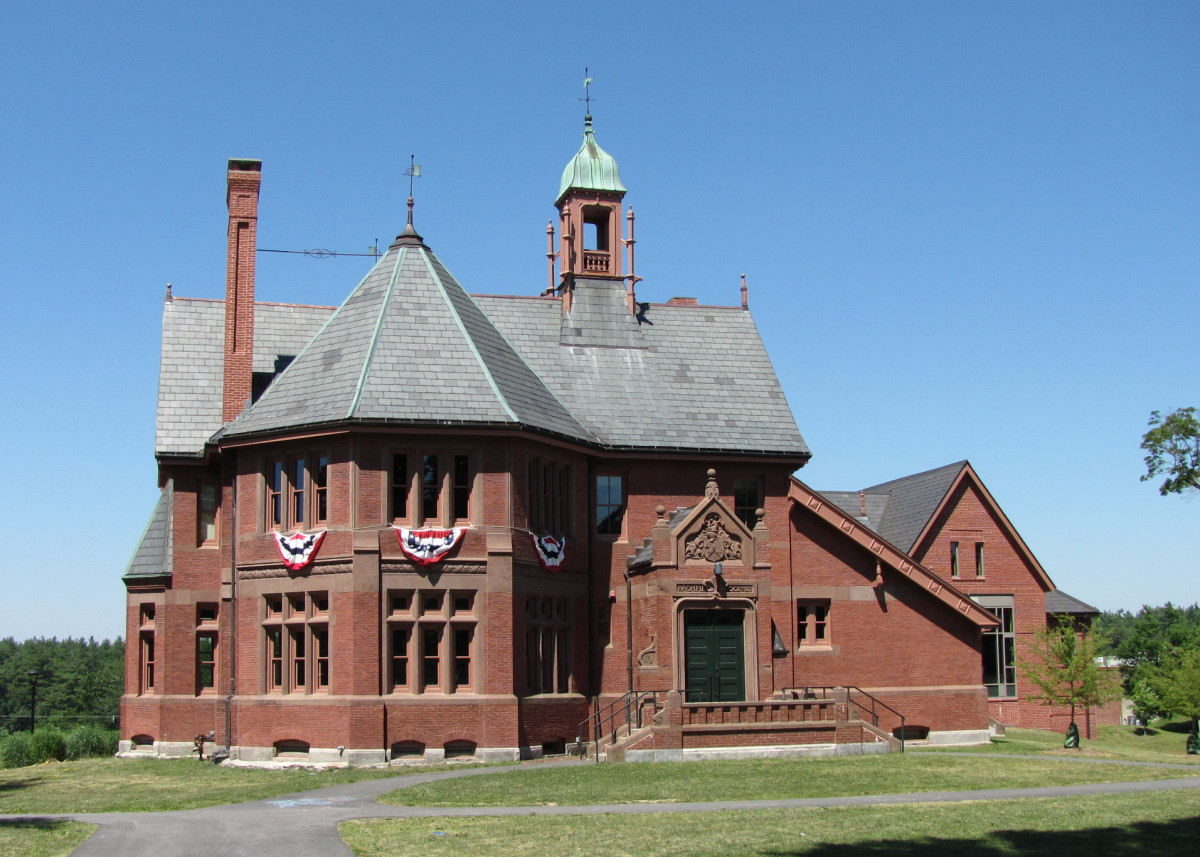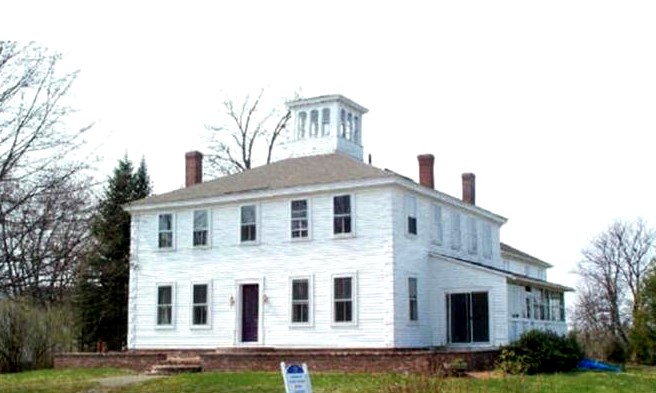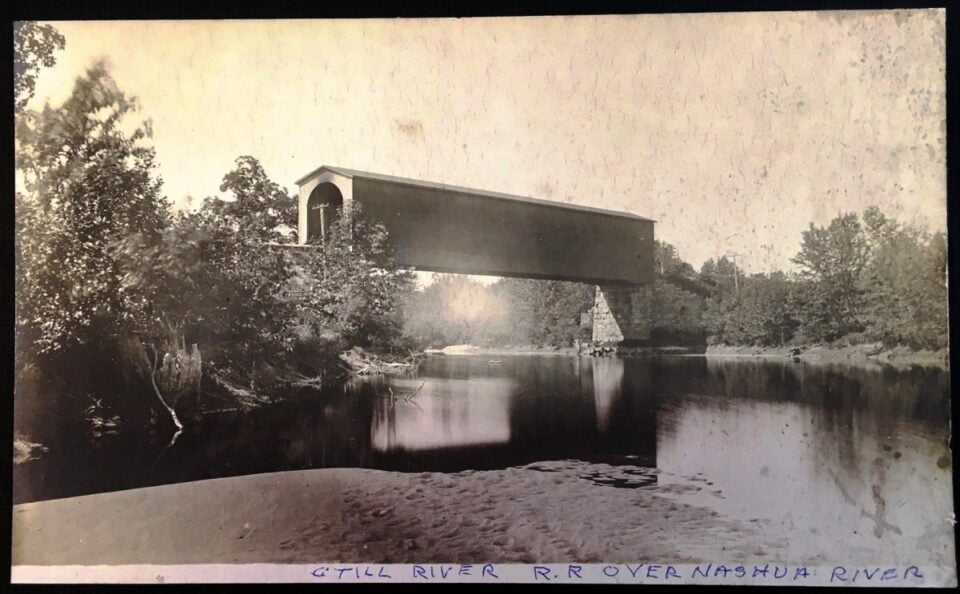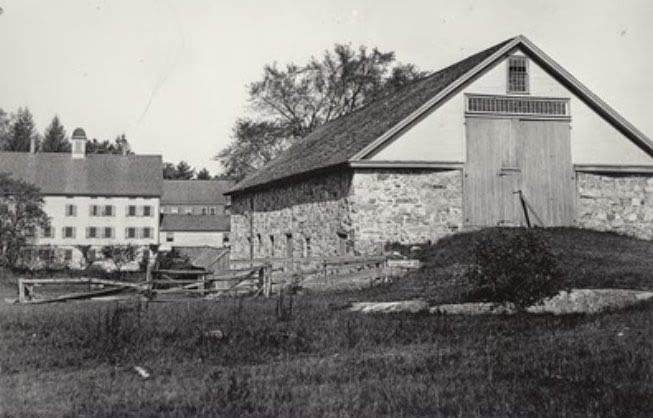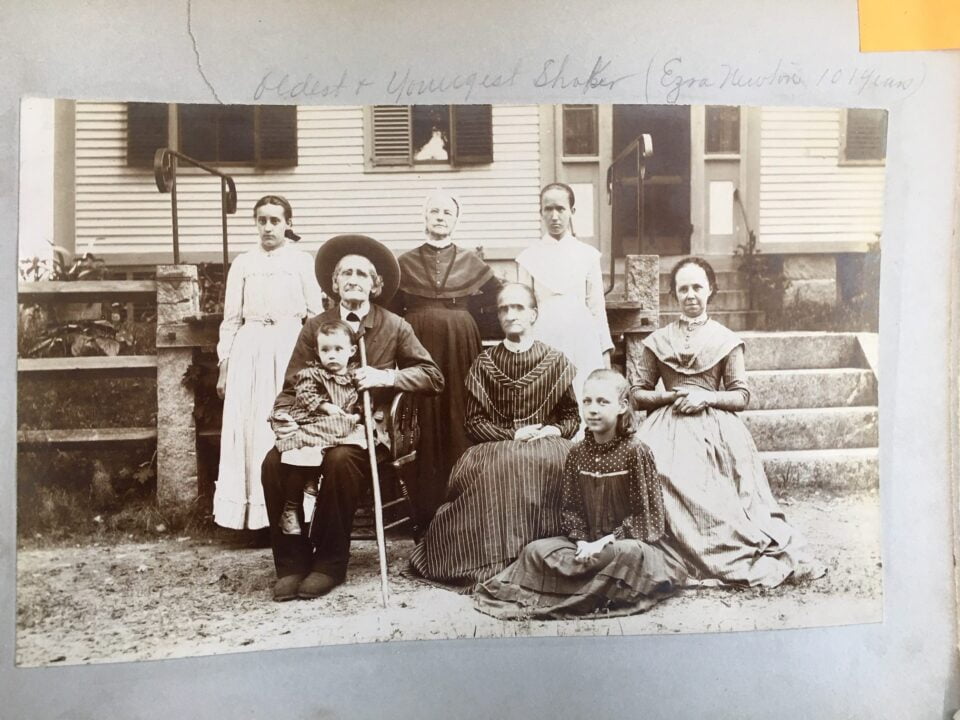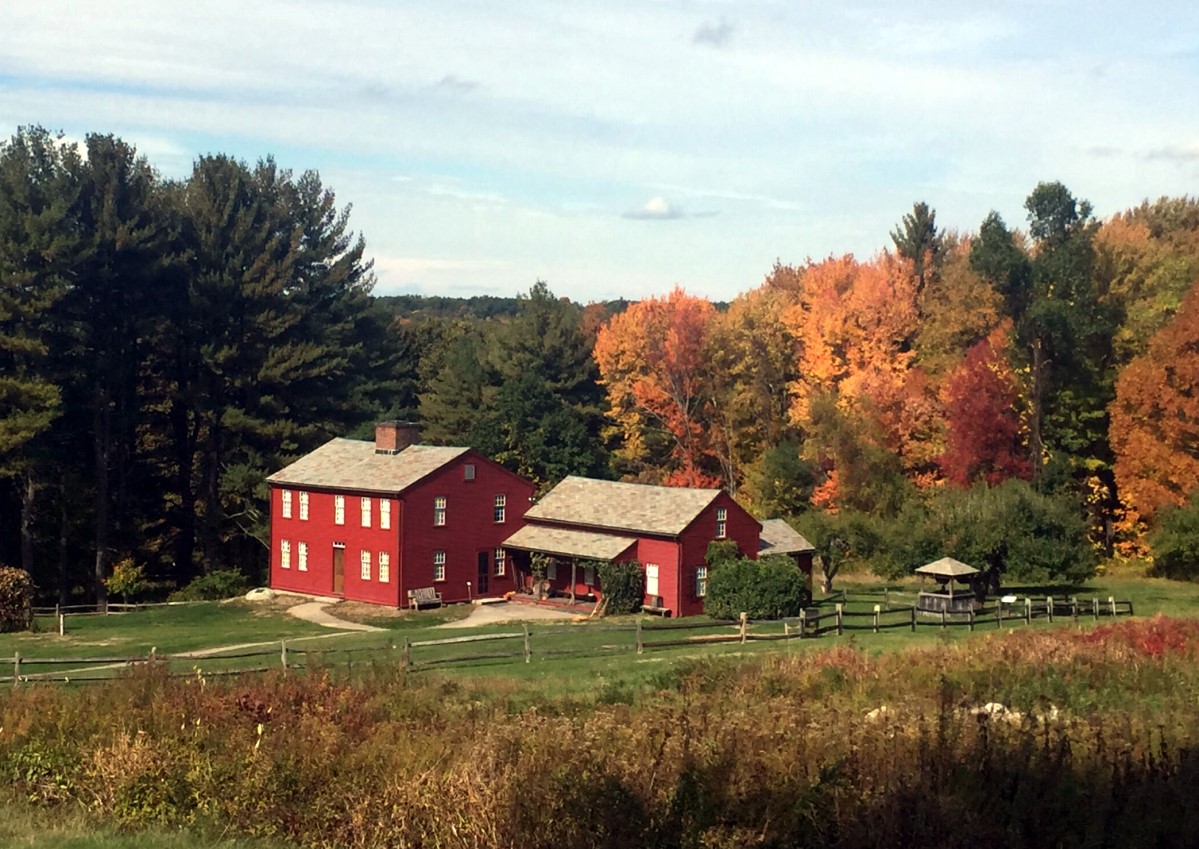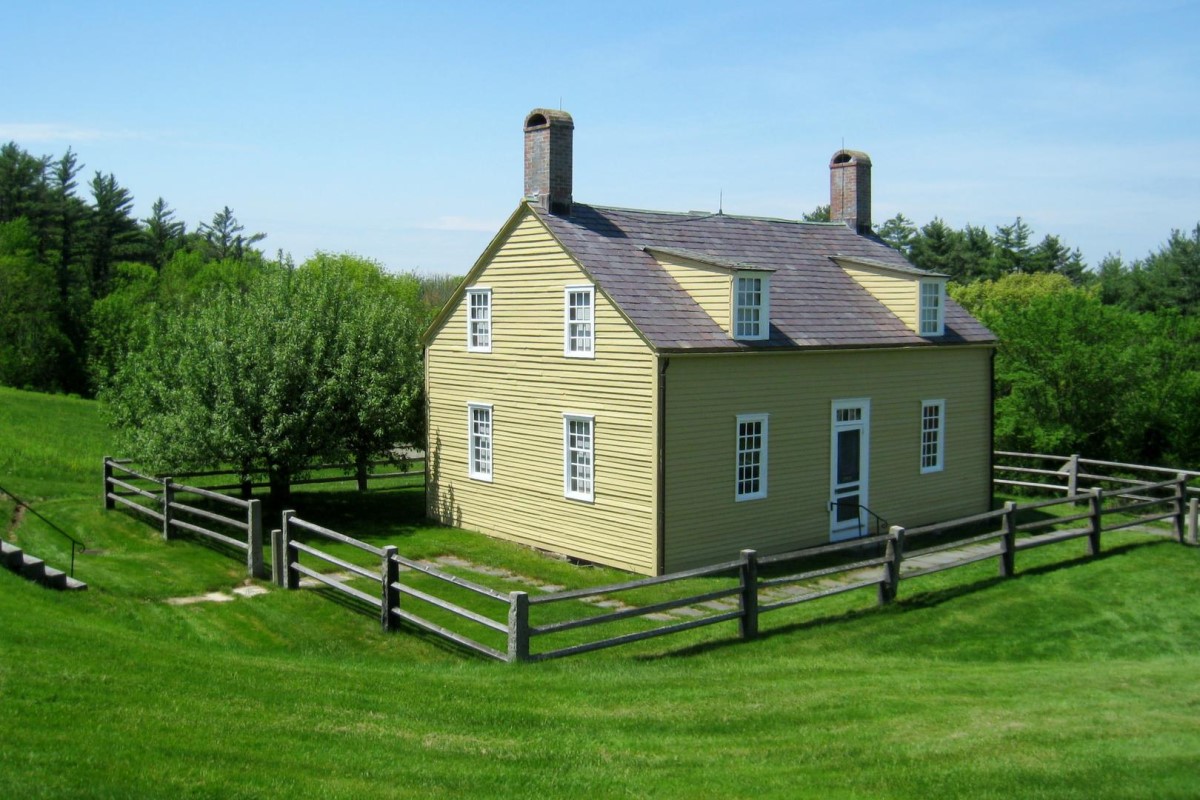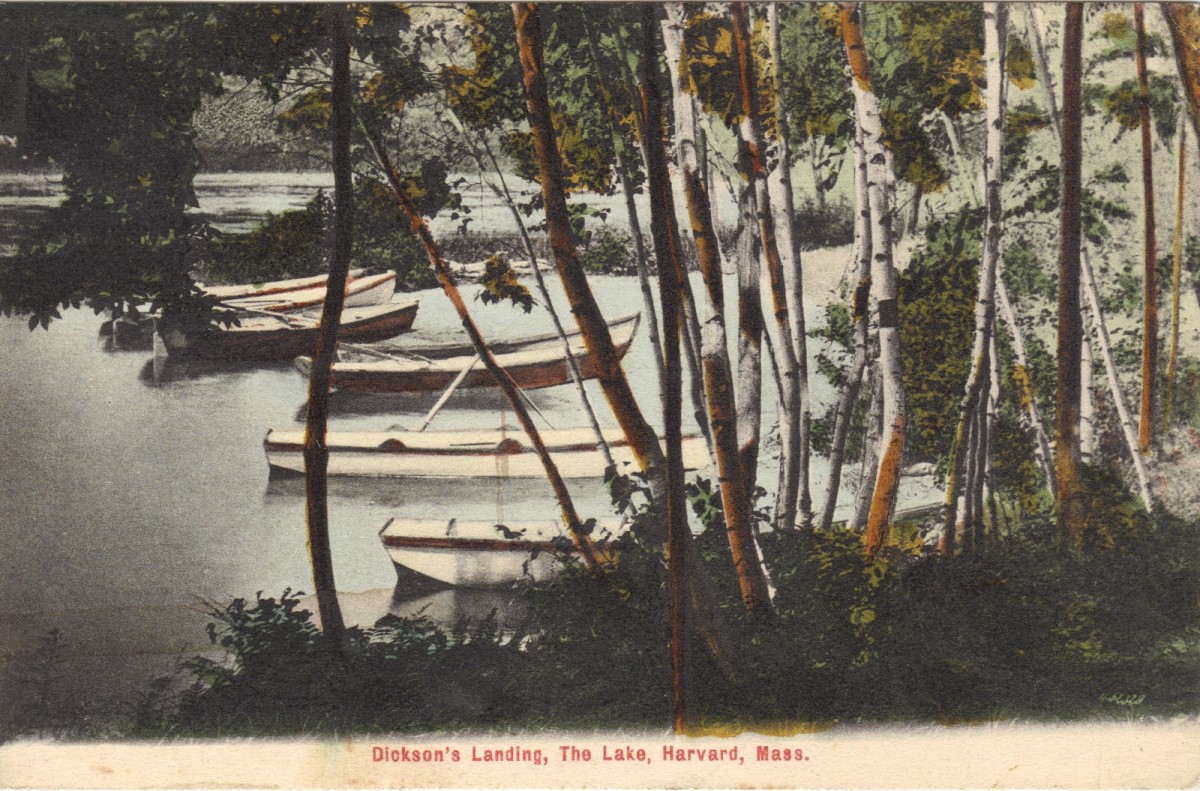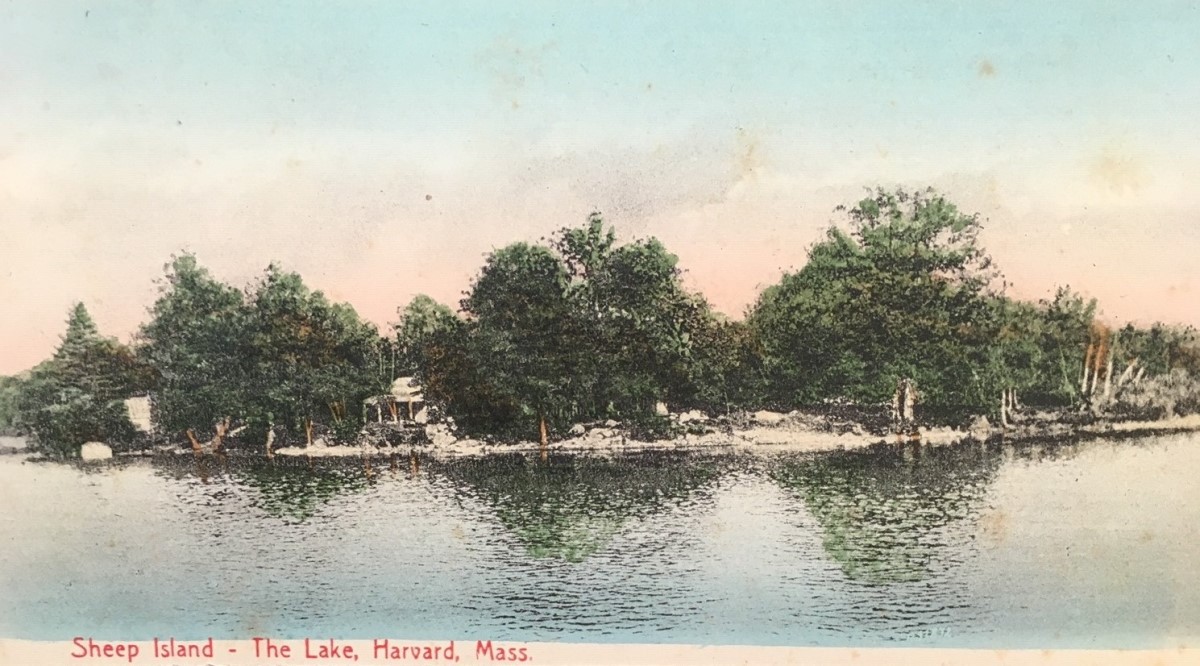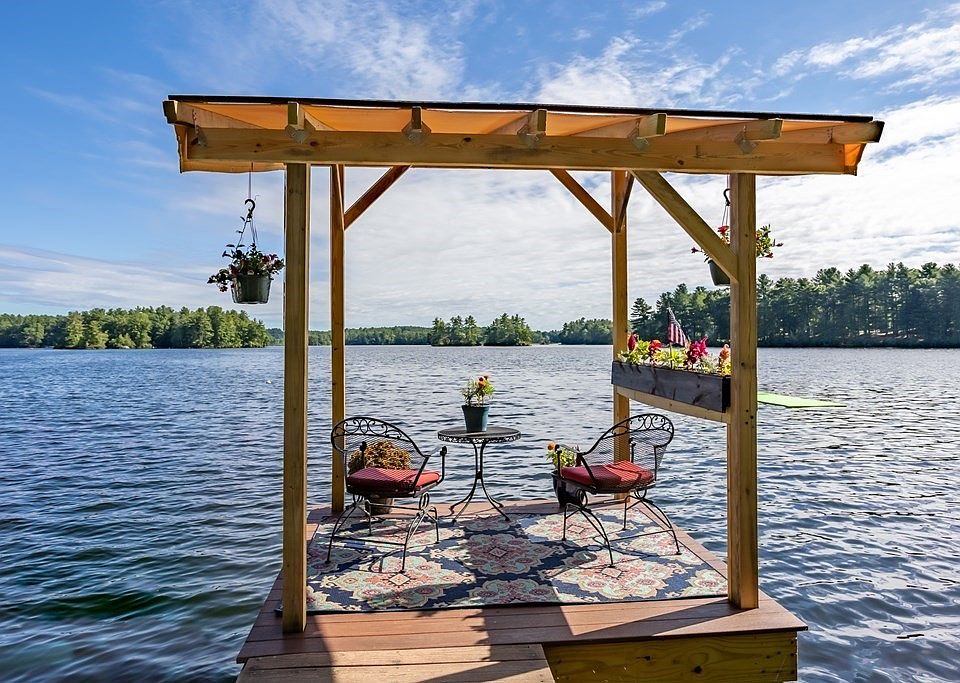Historical Places
The Nashua River Valley was the home territory of the Nashaway Indigenous people. The first colonial building in the area now called Harvard was in 1667-72 when John Prescott built a grist mill on Nonacoicus, or Bowers Brook, at Old Mill Road.
The town of Harvard was incorporated in 1732 from land formerly belonging to Lancaster, Groton, and Stow.
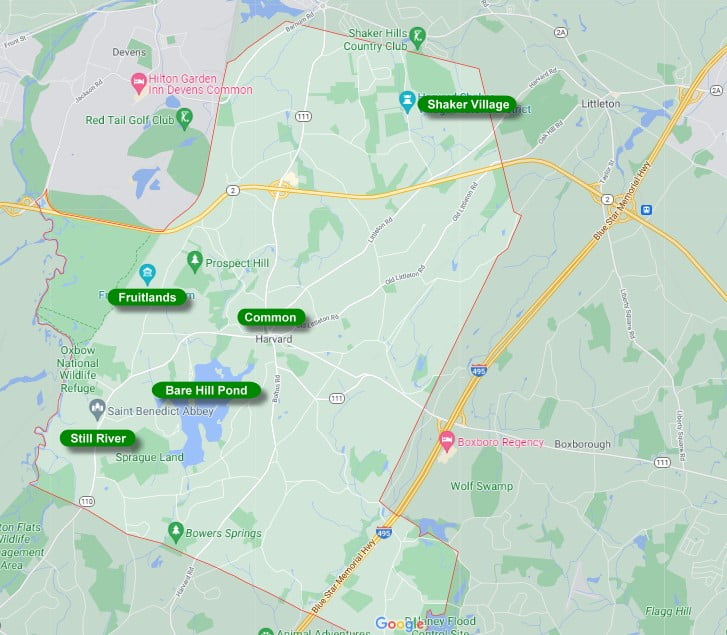
Significant historic places in Harvard.
The Common
The original town common was much larger than it is today. The current bounds of the Common were set by 1830, comprising around only nine acres and the burial ground. By the end of the 19th century, the Common was a bustling commercial center located along important routes of the day, with a beautified Common, two churches, a public library, a general store, and retail shops. Today the town Common is a Historic District valued for its beauty and history.
Still River
Still River is a village located on the southwest side of Harvard. Noted for its views across the Nashua River valley to Mount Wachusett, Still River is home to the Harvard Historical Society, the Oxbow National Wildlife Refuge, and St Benedict’s Abbey. Major Simon Willard, an original settler whose large family included nine grandsons, held a major portion of the land in Still River. It was once known for its large dairy farms.
Shaker Village
Harvard’s history includes many experiments with alternative lifestyles, beginning with Shadrach Ireland in the northeast corner of town. He fled to Harvard to establish his own religious community, proclaiming his immortality. When he was proved mortal, his Square House was bought by Mother Ann Lee, whose group of Shakers established a small village that occupied the area from the 1781 to 1919. Now private homes, the Shaker Village Historic District preserves the aura of the historical Shaker settlement.
Fruitlands
In 1910 Clara Endicott Sears, a wealthy and well educated woman, built a summer home on the summit of Prospect Hill. Her vast acreage included the abandoned farmhouse to which Bronson Alcott had brought his family, including 10-year-old Louisa May, from Concord in 1843 to establish a utopian community. The experiment lasted only seven months. In admiration for what Alcott had tried to do, Miss Sears restored the farmhouse and opened it as a museum in 1914. She went on to create three more museums on the property, which has magnificent views of the Nashua River Valley.

